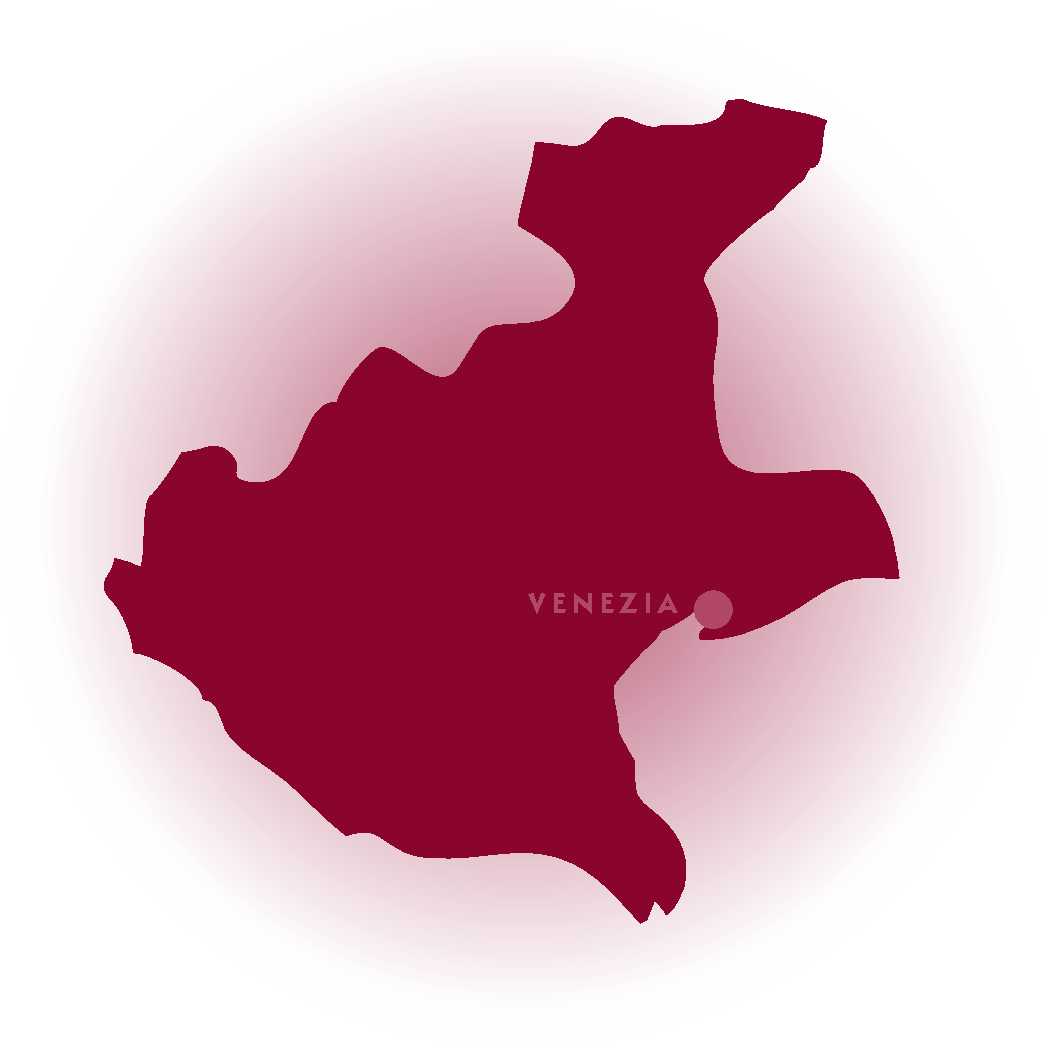Veneto: the heart of the Grappa tradition
Centuries-old Connections between Iconic Names
Venice, Bassano del Grappa, and Monte Grappa: how can one not be fascinated by these names, linked for centuries, in different ways, to aquavite.
Although it is not possible to establish a certain relationship between the term Grappa and the mountain of the same name, these lands have an ancient and fundamental role in the production of our distillate.
The Key Role of Venice in the History of Grappa
Why this great and centuries-old interest in Grappa?
Just consider that the popularity of wine distillate is due to the physician from Padua, Michele Savonarola (1384-1462), who published the first treatise, "De Conficienda Aqua Vitae," on the preparation of aquavit. It is conceivable that shortly thereafter, the direct distillation of pomace began if this practice was not already in use. But it is absolutely certain that in 1601, in Venice, aquavit makers gathered into a guild or art when aquavit factories and shops had become very numerous, so much so that at the beginning of the 18th century, Calle and Ponte della Acquavita existed in the lagoon city.
The Veneto Wine Tradition
Today, Veneto is the largest wine producer in Italy, with the highest numbers concentrated in the provinces of Verona and Treviso. Many grape varieties are cultivated: among the white grapes, we have Glera (from which Prosecco is made), Moscato bianco, Sauvignon, Verduzzo, Chardonnay, Pinot bianco, and Vespaiolo; among the red grapes, Cabernet, Merlot, Tai rosso, Corvina, Molinara, Rondinella, Friulano, and Raboso. With this enormous production, there is no shortage of fresh pomace, making Veneto also the leading producer of Grappa in Italy.
Grappa Production in Veneto
Discontinuous cycle stills, such as those powered by flowing steam, are very common, but continuous cycle systems were introduced in the 1960s. It is not uncommon to find distilleries using both methods, offering the consumer a wide variety of Grappas in terms of taste.
Venice, Bassano del Grappa, and Monte Grappa: how can one not be fascinated by these names, linked for centuries, in different ways, to aquavite.
Although it is not possible to establish a certain relationship between the term Grappa and the mountain of the same name, these lands have an ancient and fundamental role in the production of our distillate.
The Key Role of Venice in the History of Grappa
Why this great and centuries-old interest in Grappa?
Just consider that the popularity of wine distillate is due to the physician from Padua, Michele Savonarola (1384-1462), who published the first treatise, "De Conficienda Aqua Vitae," on the preparation of aquavit. It is conceivable that shortly thereafter, the direct distillation of pomace began if this practice was not already in use. But it is absolutely certain that in 1601, in Venice, aquavit makers gathered into a guild or art when aquavit factories and shops had become very numerous, so much so that at the beginning of the 18th century, Calle and Ponte della Acquavita existed in the lagoon city.
The Veneto Wine Tradition
Today, Veneto is the largest wine producer in Italy, with the highest numbers concentrated in the provinces of Verona and Treviso. Many grape varieties are cultivated: among the white grapes, we have Glera (from which Prosecco is made), Moscato bianco, Sauvignon, Verduzzo, Chardonnay, Pinot bianco, and Vespaiolo; among the red grapes, Cabernet, Merlot, Tai rosso, Corvina, Molinara, Rondinella, Friulano, and Raboso. With this enormous production, there is no shortage of fresh pomace, making Veneto also the leading producer of Grappa in Italy.
Grappa Production in Veneto
Discontinuous cycle stills, such as those powered by flowing steam, are very common, but continuous cycle systems were introduced in the 1960s. It is not uncommon to find distilleries using both methods, offering the consumer a wide variety of Grappas in terms of taste.


